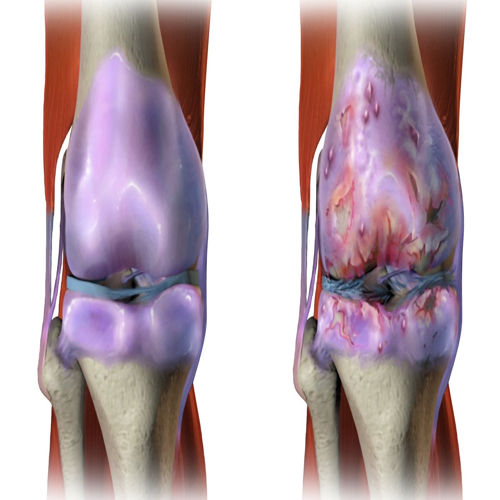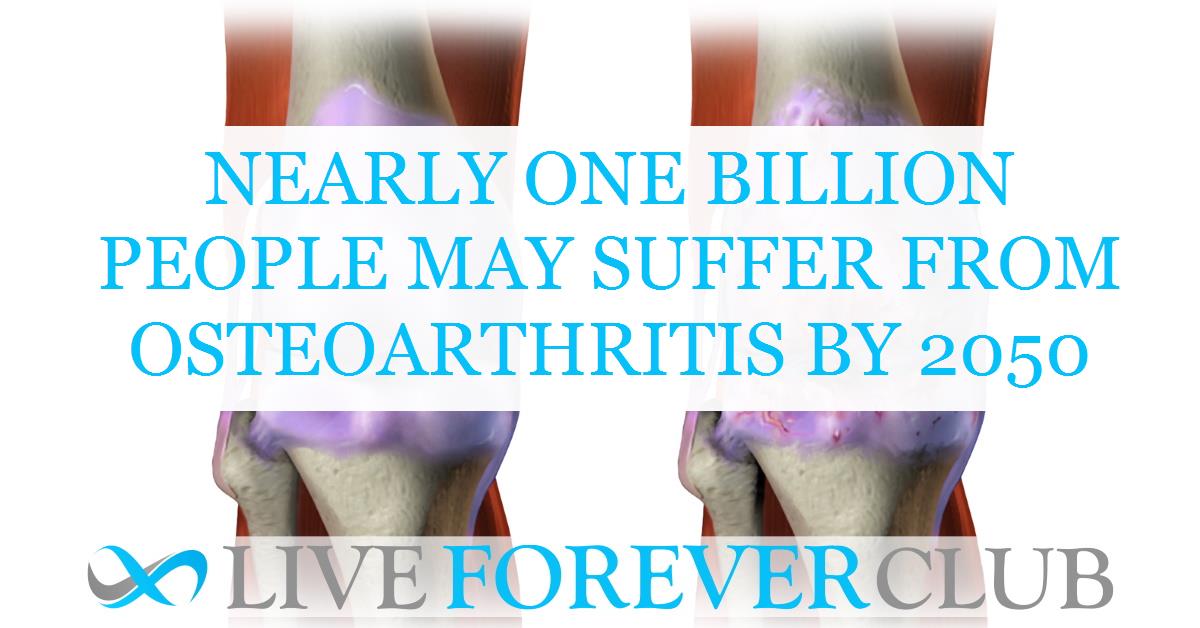Key points from article :
A new study by the Institute for Health Metrics and Evaluation (IHME) projects that nearly one billion people could suffer from osteoarthritis by 2050. The researchers analyzed 30 years of osteoarthritis data, spanning 1990 to 2020, from over 200 countries. They found that 15% of the global population over the age of 30 currently lives with the condition, and numbers are rising rapidly. In 1990, 256 million people were diagnosed with osteoarthritis, but by 2020, this number had more than doubled to 595 million.
Key factors driving this increase are aging, population growth, and obesity. In fact, obesity alone accounted for about 20% of the disability caused by osteoarthritis in 2020. The condition, which causes joint pain and stiffness, primarily affects the knees and hips, and its prevalence increases significantly with age. By 2050, cases of osteoarthritis in the knees are expected to rise by nearly 75%, while hip cases could increase by over 78%.
The study also found a stark gender difference, with women making up 61% of osteoarthritis cases in 2020, compared to 39% in men. Researchers suggest that hormonal, genetic, and anatomical differences may contribute to this imbalance, but further investigation is needed to confirm these factors.
The findings, published in The Lancet Rheumatology, highlight the pressing need for global health systems to prepare for the rising burden of osteoarthritis. The study’s lead author, Dr. Jaimie Steinmetz, emphasized the importance of focusing on prevention, early intervention, and making treatments like joint replacements more affordable, particularly in low and middle-income countries. With no cure currently available, tackling osteoarthritis will require significant healthcare resources and innovative strategies to manage the condition and improve quality of life for those affected.








